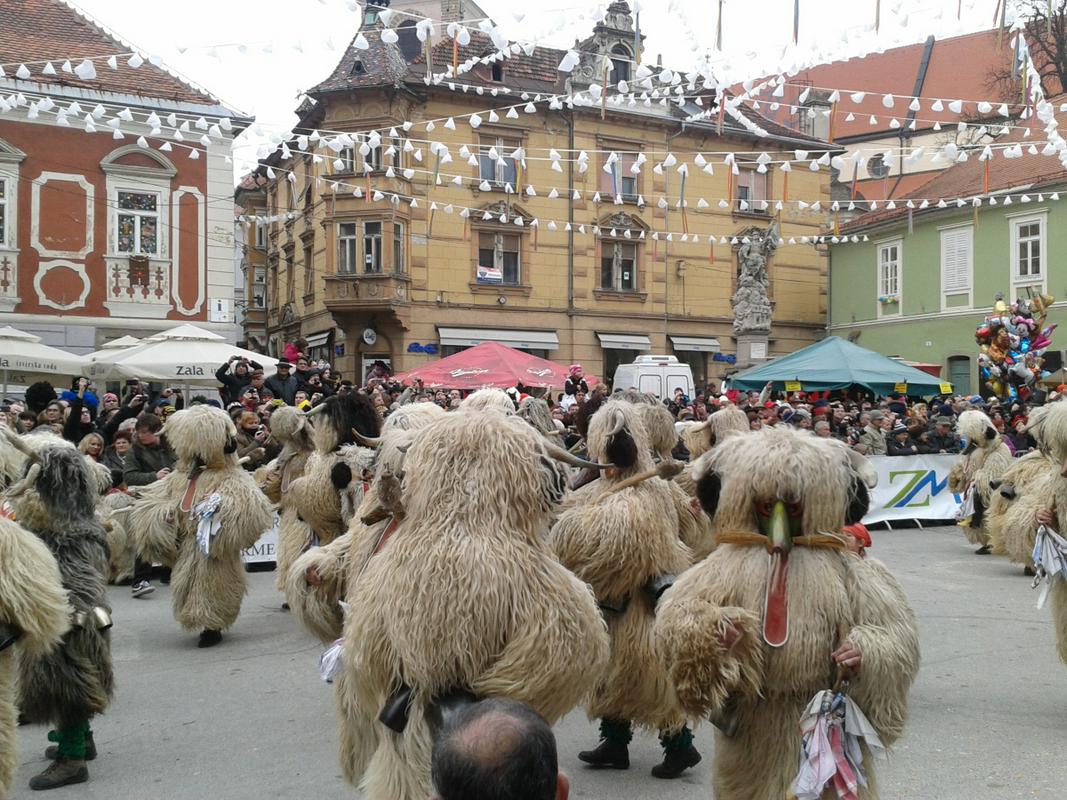
Cleveland has long been the most “Slovenian” of American cities. Its heavy industry, always hungry for immigrant labor, helped to make the city’s Slovenian population the largest in the U.S. And even though many Slovenian Americans have left the city for the suburbs or other parts of the country, many Clevelanders still embrace Slovenian heritage.
To celebrate that heritage, Cleveland’s Slovenian American associations have joined forces to organize what could very well the first-ever Kurentovanje outside Slovenia. In 2013, when the event was first held, it attracted thousands of spectators who came to watch the ancient Old World beasts lead a parade – the noisiest in memory -- down their city’s streets. The enthusiastic response helped to make Kurentovanje an annual Cleveland tradition.
But both the 2013 event and this year’s Kurentovanje were much more than just a procession of Kurents. The events also featured Slovenian folk dresses, traditional dancing, polka music, and Slovenian food. Visitors even got a chance to taste “krofi,” Slovenian jelly-filled doughnuts traditionally eaten during the Carnival season – a treat rarely available in the U.S.
Kurentovanje has turned out to be an ideal opportunity for the Cleveland’s residents to learn about their city’s historic Slovenian American community. The event takes part on St. Clair Avenue, long the spiritual and economic heart of that community. Even though most Slovenian Americans now live elsewhere, Kurentovanje gives them a chance to learn about the street where their ancestors lived and worked after arriving to America – and the neighborhood from where they helped to shape the most “Slovenian” city in the country.
Late last year, UNESCO officially added Kurents to its list of Intangible World Heritage


































































